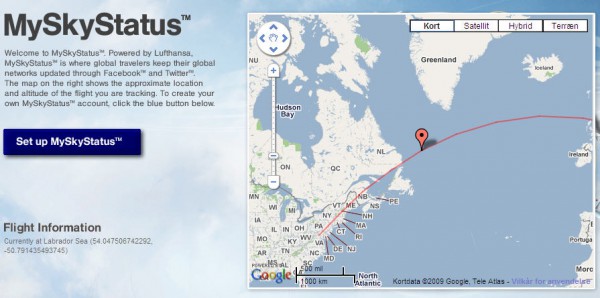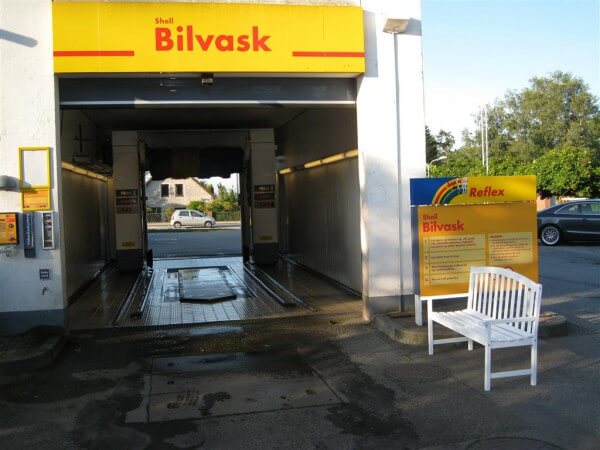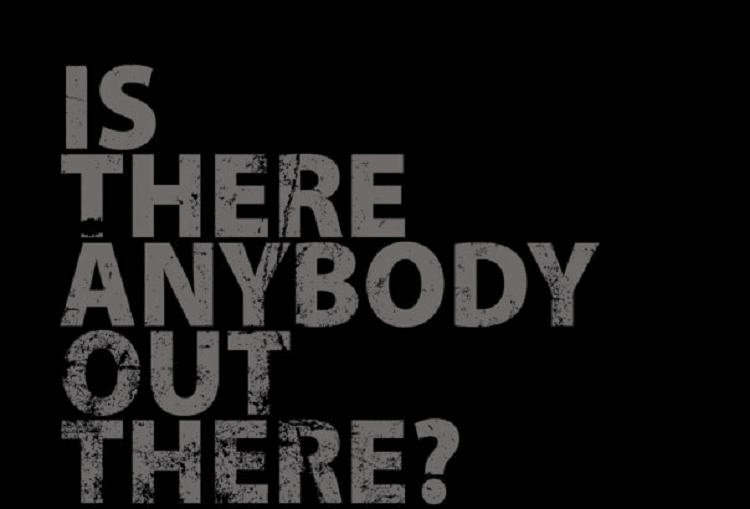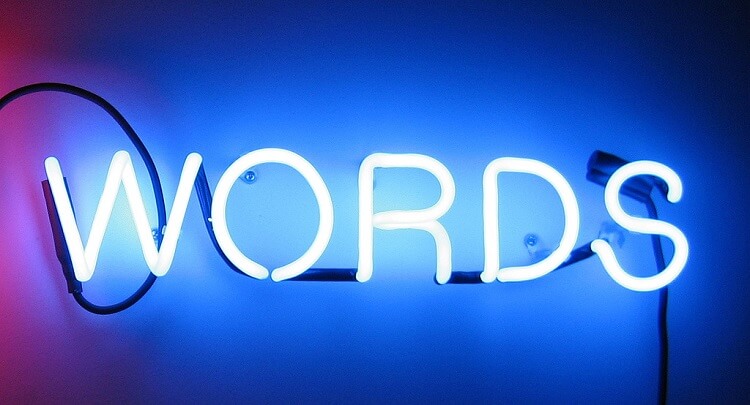Surprise the customer
How do you get your customers to talk about the experiences they’ve had with you? What motivates people to proactively tell stories about their customer experiences? What is it about an experience that makes it a story worth telling? What are the social and psychological benefits of telling these stories?
Telling stories is one of the ways that we connect with and relate to each other. It’s a way that we blow off steam when we’ve had something frustrating happen to us. It’s also a way that we re-live the positive experiences we’ve had … or even a compelling way to share a story about “the next cool thing” we’ve found.
One of the most important drivers of both positive and negative word of mouth is the element of surprise. This can be a single big surprise or a steady stream of small surprises that build over time. If you have an experience that surprises you in some way, it creates an orienting response … you pay attention to it. It might be something small, like a salesperson that is friendlier than expected. Or something more significant, like surprising KLM passengers with personalized gifts based on their social networking profiles. The same thing happens with negative surprises. We’ve all had them … and we’ve all told lots of people about them.
Some industries, like the airline industry, seem to be highly skewed towards lots of negative surprises. Delays, cancellations, change fees, lost luggage, inconsistent service from gate agents and flight attendants, etc … On the positive side, every once and a while a flight attendant or gate agent might be surprisingly pleasant or helpful, or you might get an unexpected upgrade, or something like that. However, it’s difficult to have these small, infrequent positives ever outweigh the big, relatively consistent, negatives. Other industries, like consumer banking, seem to be devoid of positive surprises with a smattering of negative surprises like late fees, transaction charges, etc … Due to social media bank customers are hitting back.
Nice to see that some company’s are still thinking about how to surprise the customer positively.
Lufthansa
Lufthansa have set up a service named MySkyStatus that automatically posts departure, the current position of the flight and arrival to Twitter or Facebook. That way connections can follow your travels.
Clicking the link in the update, of course, directs you to the Lufthansa MySkyStatus page with a Google Map of the flight’s position, meaning that Lufthansa is getting free social media promotion from people traveling on all airlines:
A great case for Web 2.0 adoption!
Shell
Site down and enjoy the nice wetter while your car are being washed.
If you want to build higher levels of customer loyalty and get to the point that customers start generating positive word of mouth, I think creating a drumbeat of small positive surprises is important.
There are always going to be times when the customer has a negative surprise but having a balance of positive surprises should offset this.
I would also suggest that these positive surprises can’t be programmatic and predictable, otherwise they’re not surprises. They also can’t be delivered in a way that becomes perceived by the customer as an entitlement. This is how structured “loyalty programs” lose their effect over time.
Short URL & Title:
How to surprise the customer — http://www.torbenrick.eu/t/r/iuz
Share it:
If you enjoyed this article, please take 5 seconds to share it on your social network. Thanks!










About The Author
Torben Rick
Experienced senior executive, both at a strategic and operational level, with strong track record in developing, driving and managing business improvement, development and change management. International experience from management positions in Denmark, Germany, Switzerland and United Kingdom